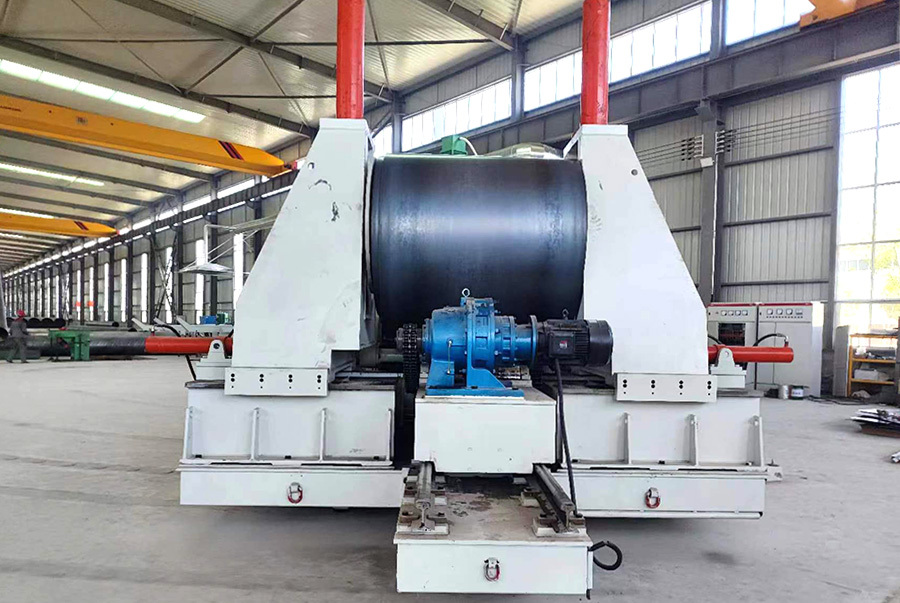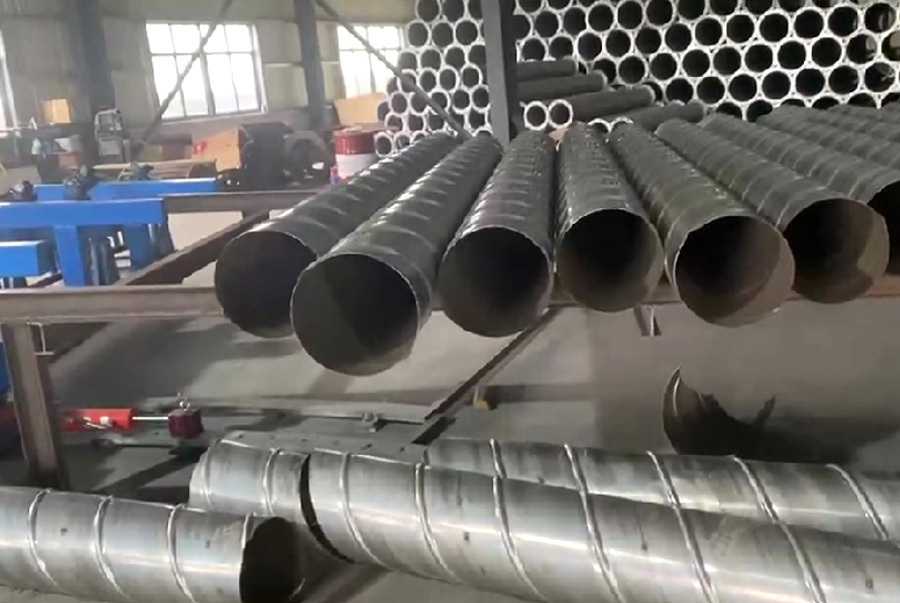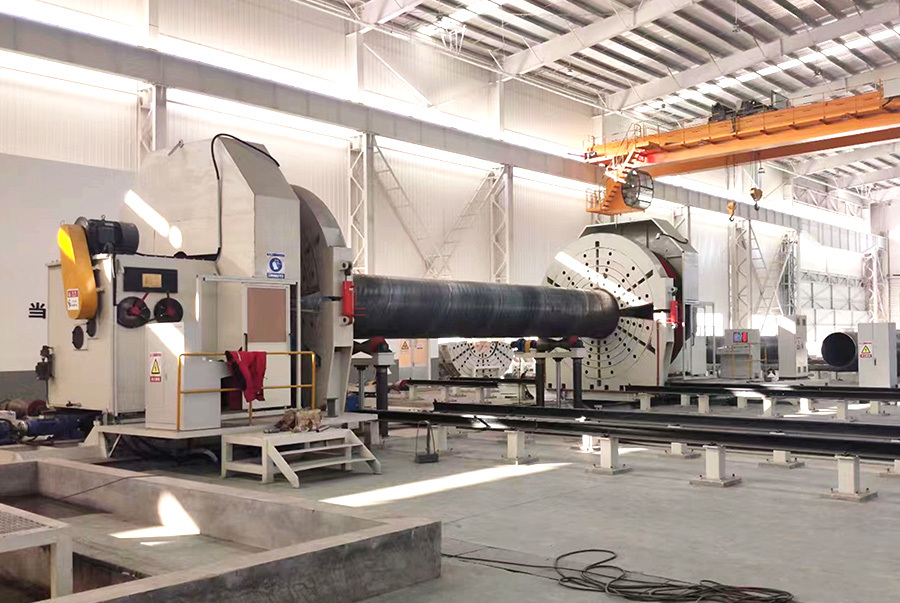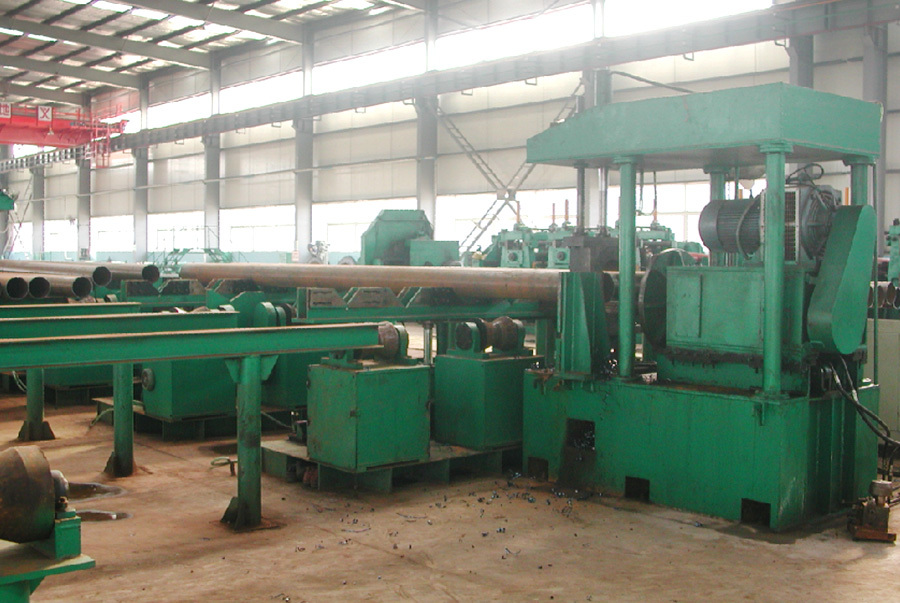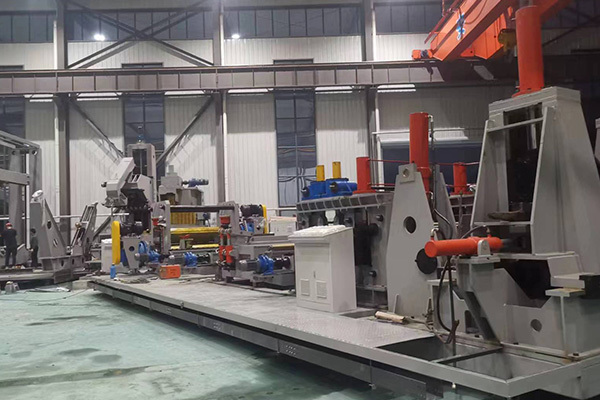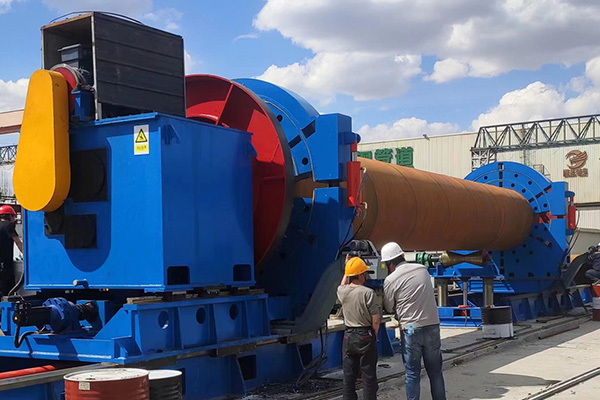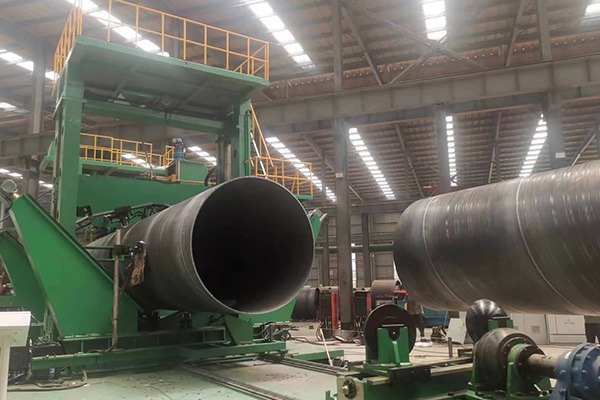Essential Insights Into Pipeline Welding Equipment: A Comprehensive Overview
17 May,2025
Pipeline welding equipment plays a crucial role in the manufacturing and mechanical processing industry, specifically within the realm of electric tools and beveling machines. This type of equipment is designed to facilitate the joining of pipes through various welding techniques, ensuring the integrity and reliability of pipelines used in diverse applications, including oil, gas, water, and chemi
Pipeline welding equipment plays a crucial role in the manufacturing and mechanical processing industry, specifically within the realm of electric tools and beveling machines. This type of equipment is designed to facilitate the joining of pipes through various welding techniques, ensuring the integrity and reliability of pipelines used in diverse applications, including oil, gas, water, and chemical transportation.
One of the primary components of pipeline welding equipment is the welding machine itself. These machines are engineered to handle different welding processes, such as MIG (Metal Inert Gas), TIG (Tungsten Inert Gas), and Stick welding. Each method has its unique advantages and is suited for specific types of materials and environments. For instance, TIG welding is often favored for its precision and ability to create clean, high-quality welds, making it ideal for thin materials, while MIG welding is commonly used for faster production rates and thicker materials.
In addition to the welding machine, other essential tools include beveling machines. Beveling is the process of creating a beveled edge on the pipe's end to ensure a proper fit during the welding process. Accurate beveling is critical, as it affects the quality of the weld and the overall strength of the joint. Advanced beveling machines are equipped with features that allow for precise angle adjustments and cutting speeds, ultimately enhancing the efficiency of the pipeline welding operation.
The selection of pipeline welding equipment should also consider other factors such as power supply, portability, and user-friendliness. Electric welding machines, for instance, are preferred for their ease of use and lower operating costs compared to their gas-powered counterparts. Additionally, portable models allow for greater flexibility and mobility, making them suitable for various job sites, especially in remote locations.
Safety is another paramount consideration when working with pipeline welding equipment. Professionals must be equipped with the appropriate personal protective equipment (PPE) and adhere to safety protocols to mitigate risks associated with fumes, heat, and electrical hazards. Regular maintenance of welding equipment is also essential to ensure optimal performance and to extend the lifespan of the tools.
In conclusion, understanding pipeline welding equipment is vital for professionals in the manufacturing and mechanical processing sectors. By leveraging the right machines and techniques, along with prioritizing safety and efficiency, businesses can enhance their operations, reduce costs, and maintain high-quality standards in their welding projects.
One of the primary components of pipeline welding equipment is the welding machine itself. These machines are engineered to handle different welding processes, such as MIG (Metal Inert Gas), TIG (Tungsten Inert Gas), and Stick welding. Each method has its unique advantages and is suited for specific types of materials and environments. For instance, TIG welding is often favored for its precision and ability to create clean, high-quality welds, making it ideal for thin materials, while MIG welding is commonly used for faster production rates and thicker materials.
In addition to the welding machine, other essential tools include beveling machines. Beveling is the process of creating a beveled edge on the pipe's end to ensure a proper fit during the welding process. Accurate beveling is critical, as it affects the quality of the weld and the overall strength of the joint. Advanced beveling machines are equipped with features that allow for precise angle adjustments and cutting speeds, ultimately enhancing the efficiency of the pipeline welding operation.
The selection of pipeline welding equipment should also consider other factors such as power supply, portability, and user-friendliness. Electric welding machines, for instance, are preferred for their ease of use and lower operating costs compared to their gas-powered counterparts. Additionally, portable models allow for greater flexibility and mobility, making them suitable for various job sites, especially in remote locations.
Safety is another paramount consideration when working with pipeline welding equipment. Professionals must be equipped with the appropriate personal protective equipment (PPE) and adhere to safety protocols to mitigate risks associated with fumes, heat, and electrical hazards. Regular maintenance of welding equipment is also essential to ensure optimal performance and to extend the lifespan of the tools.
In conclusion, understanding pipeline welding equipment is vital for professionals in the manufacturing and mechanical processing sectors. By leveraging the right machines and techniques, along with prioritizing safety and efficiency, businesses can enhance their operations, reduce costs, and maintain high-quality standards in their welding projects.
Key words:
All
- All
- Product Management
- News
- Introduction
- Enterprise outlets
- FAQ
- Enterprise Video
- Enterprise Atlas
Related News
Working principle and application of spiral welded pipe machine
The straightened steel strip is wound into a spiral shape according to the set spiral angle by the guide device of the forming machine.
2024-09-09
Development direction of spiral welded pipe machine
The development direction of spiral welded pipe machine is mainly reflected in technology upgrading, intelligence, environmental protection and energy saving, and market demand.
2024-09-09
Matters needing attention when using spiral welded pipe machine
When using the spiral welded pipe machine, the operator needs to pay attention to the following aspects to ensure the normal operation of the equipment and production safety:
2024-09-09







